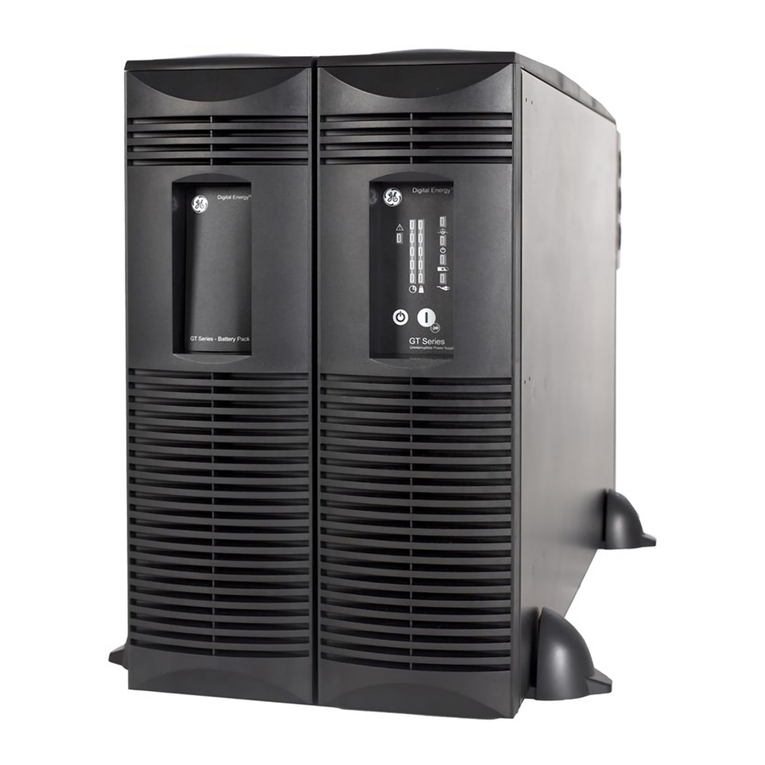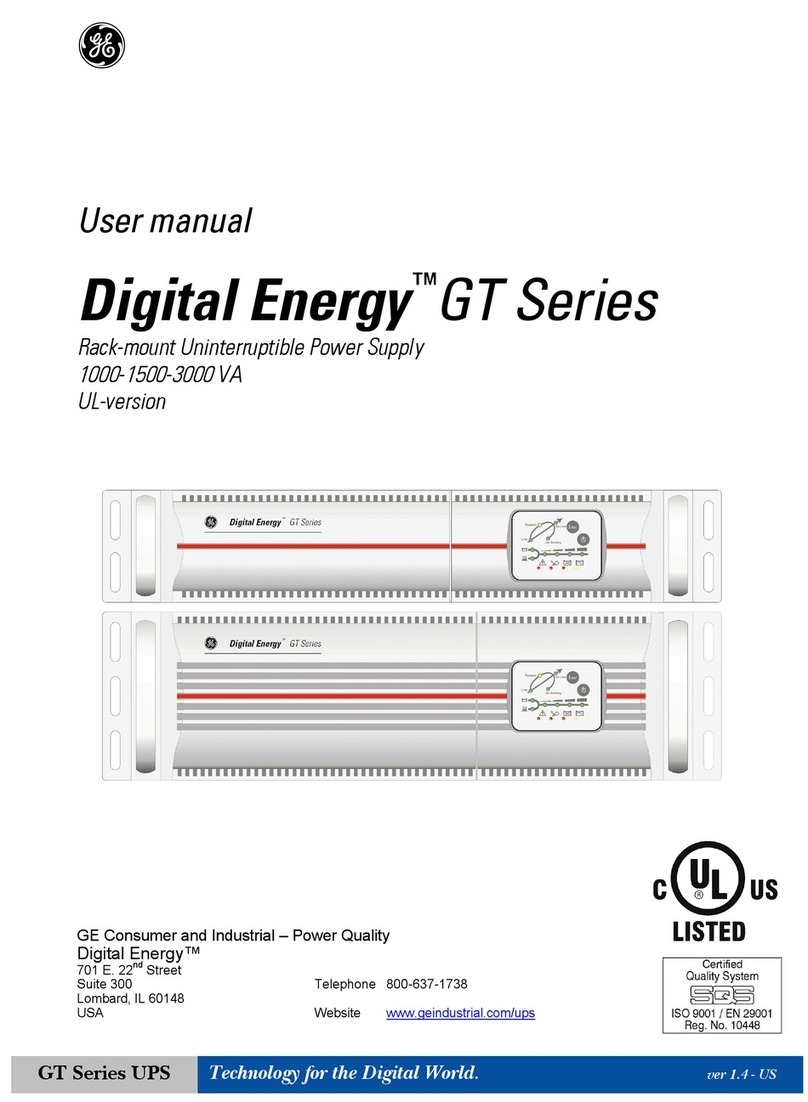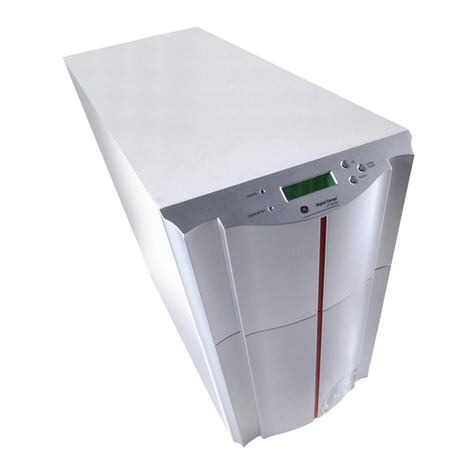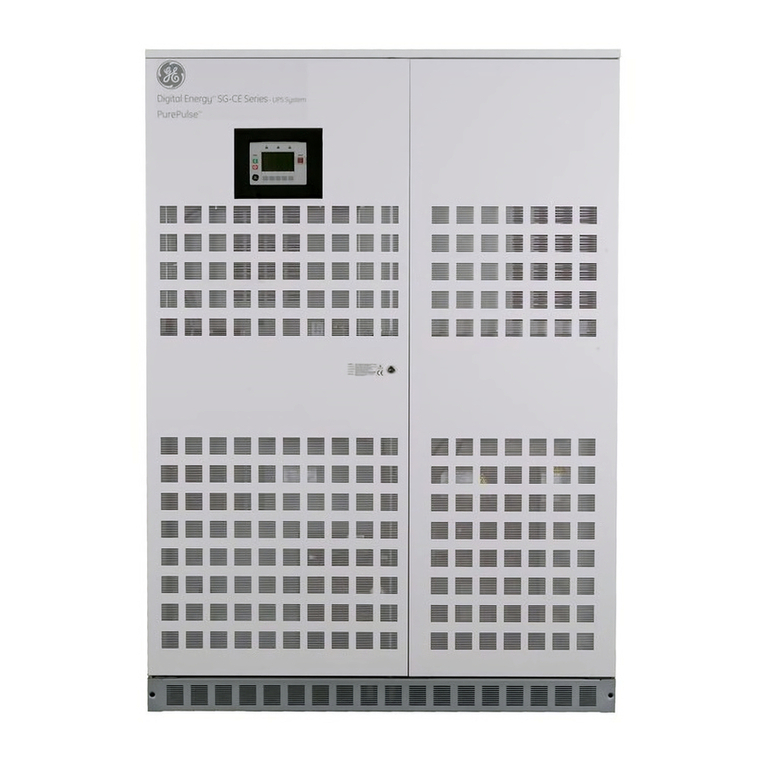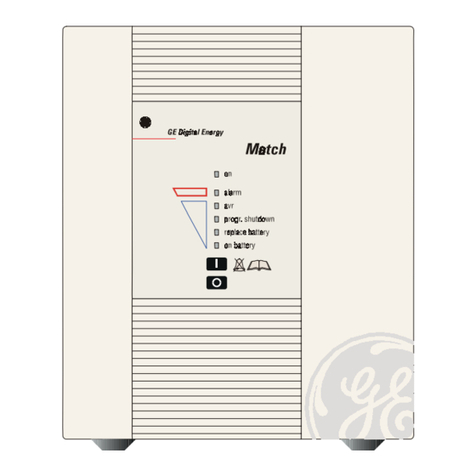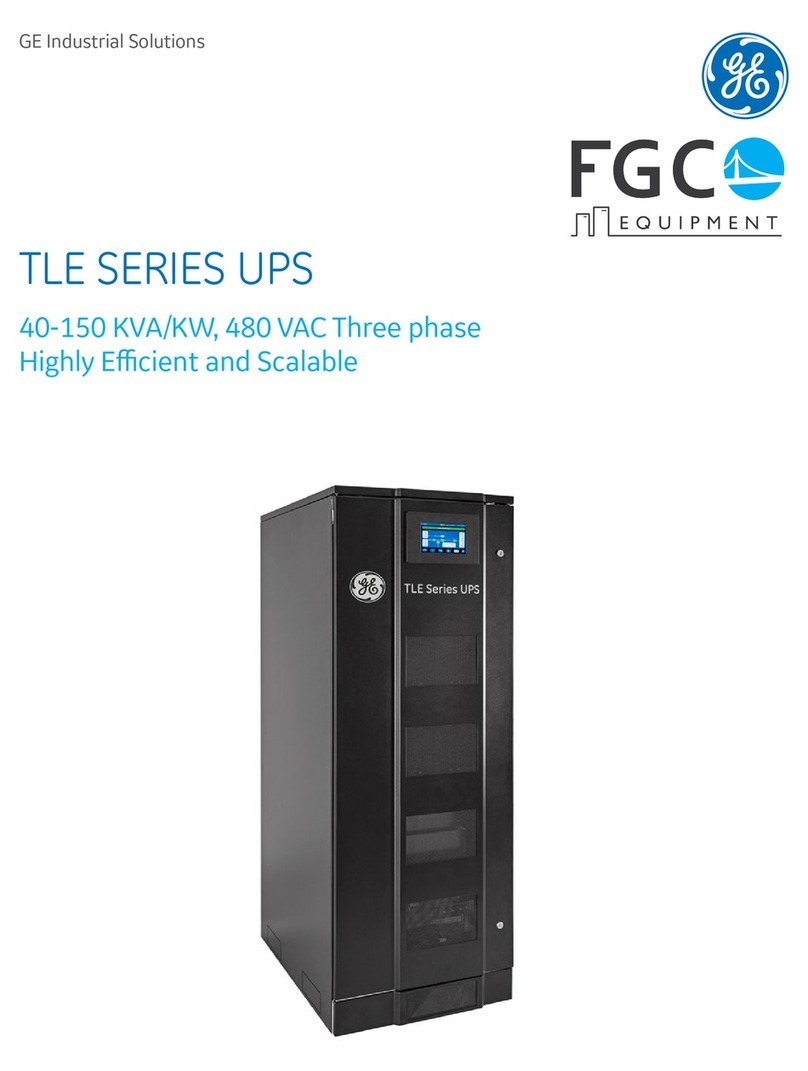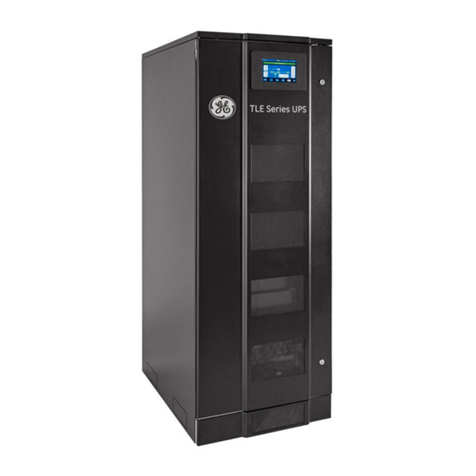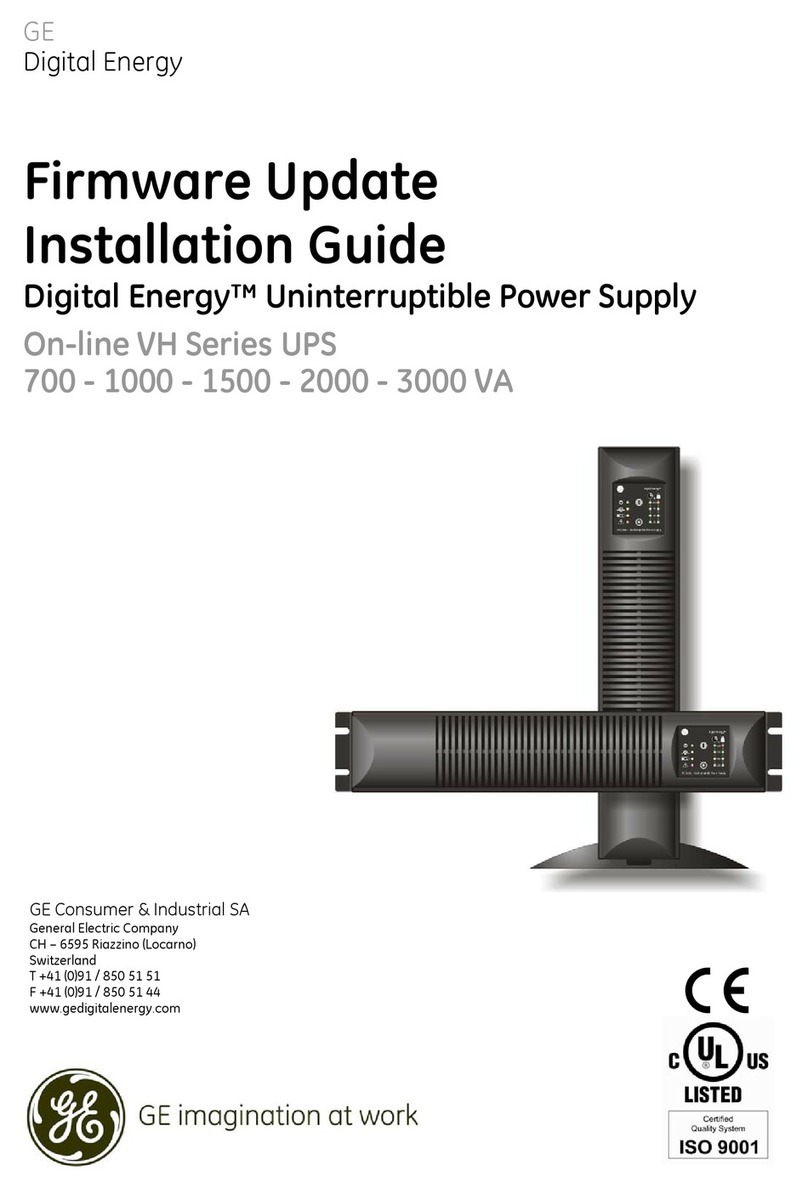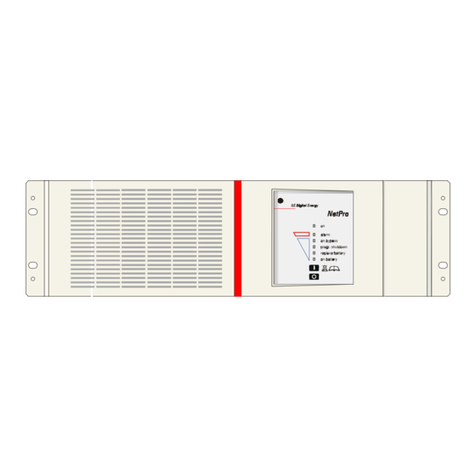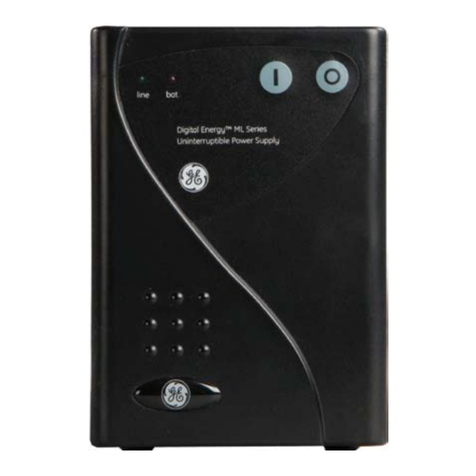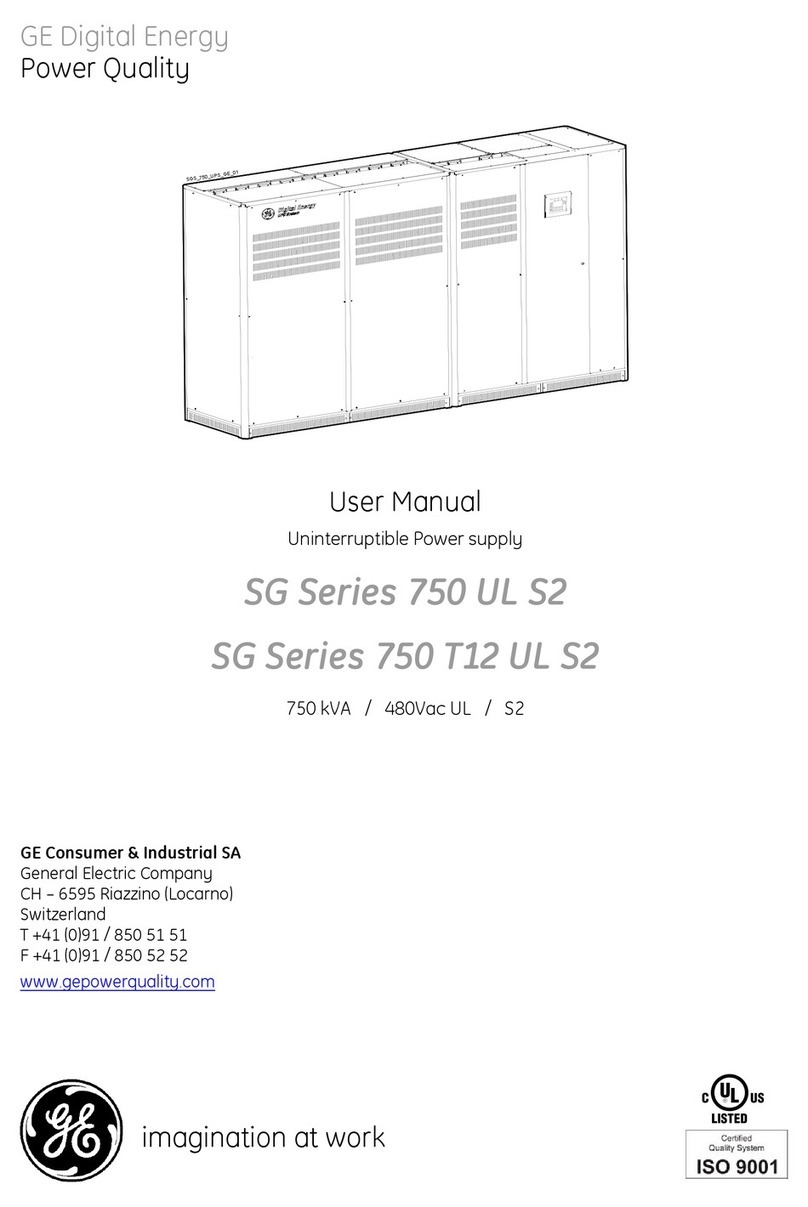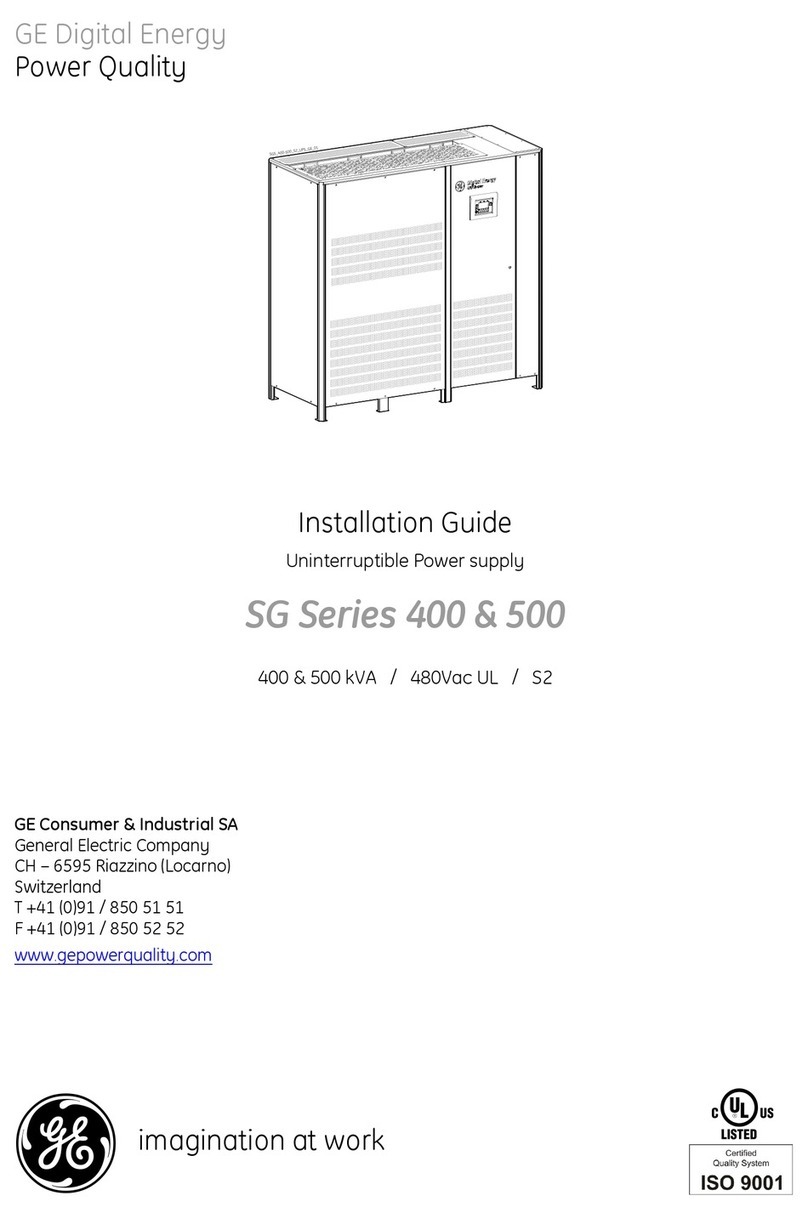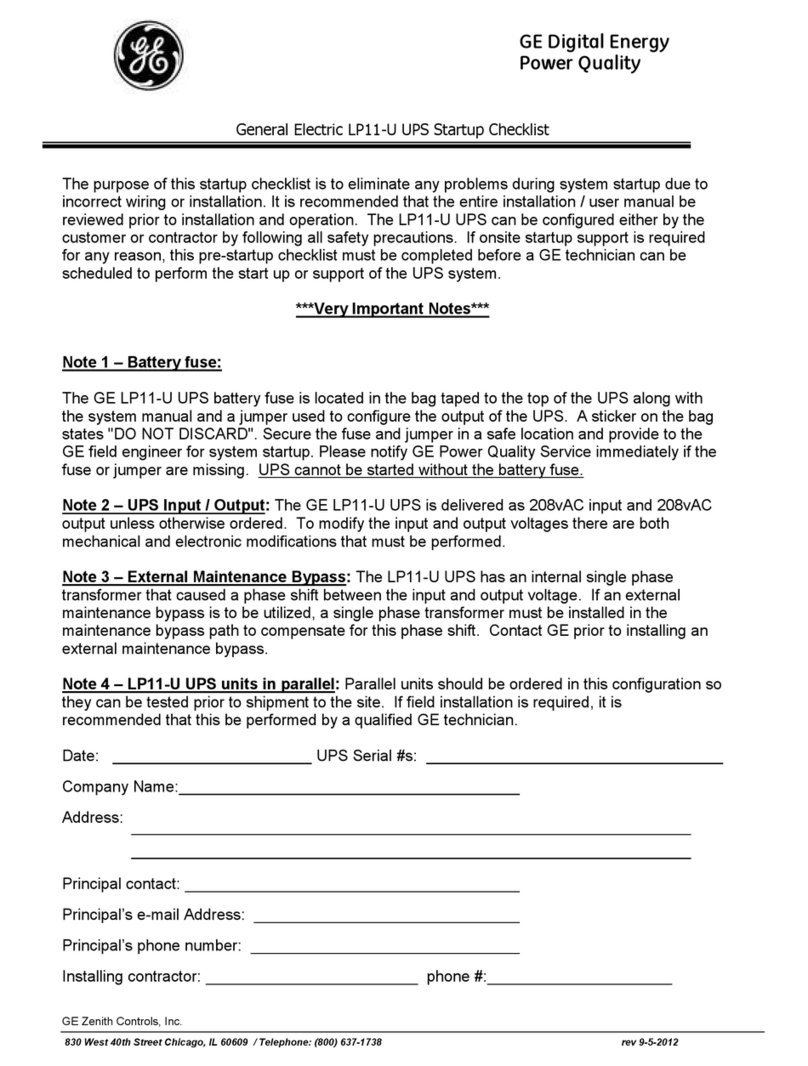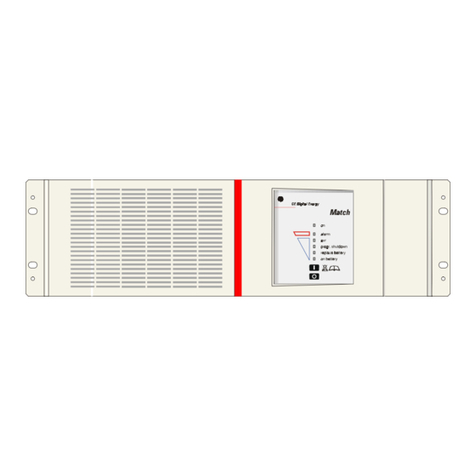OPM_LPS_33E_10K_30K_4CN_V010.doc 5/82 Operating Manual LP 33 / 10-20-30 kVA
7LCD SCREEN..........................................................................................................................40
7.1 METERING SCREENS (METERING)................................................................................. 40
7.2 EVENT SCREENS (ALARM) .............................................................................................. 43
7.2.1 Alarms list.....................................................................................................................43
7.2.2 Messages list................................................................................................................ 47
7.2.3 Event report LP 33 ..........................................................................................................50
7.3 MENU SCREENS (MENU) .................................................................................................51
7.3.1 User parameters screen...............................................................................................52
8OPERATION............................................................................................................................56
8.1 PROCEDURES FOR SINGLE LP 33 .................................................................................... 56
8.1.1 Start-up of the LP 33.......................................................................................................56
8.1.2 UPS shutdown with load transfer on manual bypass (Q2) ........................................... 58
8.1.3 Start-up following the operation on manual bypass......................................................60
8.1.4 Complete shutdown......................................................................................................62
8.2 PROCEDURES FOR PARALLEL SYSTEM LP 33................................................................ 63
8.2.1 Parallel System start-up of the LP 33 .............................................................................63
8.2.2 Parallel UPS shutdown with load transfer on manual bypass (Q2) .............................. 65
8.2.3 Start-up following the operation on maintenance bypass............................................. 67
8.2.4 Shutdown of a single unit in a parallel system..............................................................68
8.2.5 Start-up an additional unit in a parallel system............................................................. 69
8.2.6 Complete shutdown of a parallel system...................................................................... 70
9CUSTOMER INTERFACE....................................................................................................... 71
9.1 SERIAL PORT J27 - RS232................................................................................................ 71
9.2 RELAY CARD .....................................................................................................................72
9.3 EPO (EMERGENCY POWER OFF) ...................................................................................73
10 OPTIONS ...............................................................................................................................74
10.1 OPTIONS GENERAL VIEW................................................................................................74
10.2 OPTIONS ASSEMBLY AND CONNECTION ......................................................................75
10.2.1 Customer Interface.......................................................................................................75
10.2.2 Optional battery cabinet connection ............................................................................. 78
11 MAINTENANCE .....................................................................................................................79
11.1 GENERAL MAINTENANCE ................................................................................................ 79
11.2 COOLING FAN MAINTENANCE ........................................................................................79
11.3 BATTERY MAINTENANCE................................................................................................. 79
11.4 SERVICE REQUIRED.........................................................................................................80
12 NOTES ...................................................................................................................................81
12.1 NOTES FORM .................................................................................................................... 81
13 ANNEX ...................................................................................................................................82
13.1 TECHNICAL DATA SHEET ................................................................................................82
13.2 SCHEMATICS.....................................................................................................................82



